Looking for greedy and displeasant escapades? Discover 15 Korean specialties that will delight your taste buds!
If you're traveling to South Korea, you're going to be unpaid! And this is the goal when we go to South Korea. Discover another culture and new customs. And gastronomy does not deviate from the rule. If some dishes are similar to what can be found in the West, others will be completely new. In addition, the ingredients used are not the same. What can be uncommon to us is in Korea. You understood it, Korean gastronomy is a journey in the journey.
This is why Wanderlix offers you to discover 15 Korean specialities!
The dishes
We start directly with the dishes, having water in the mouth immediately! Especially than in Korea, there are for all tastes!
1. Bibimbap
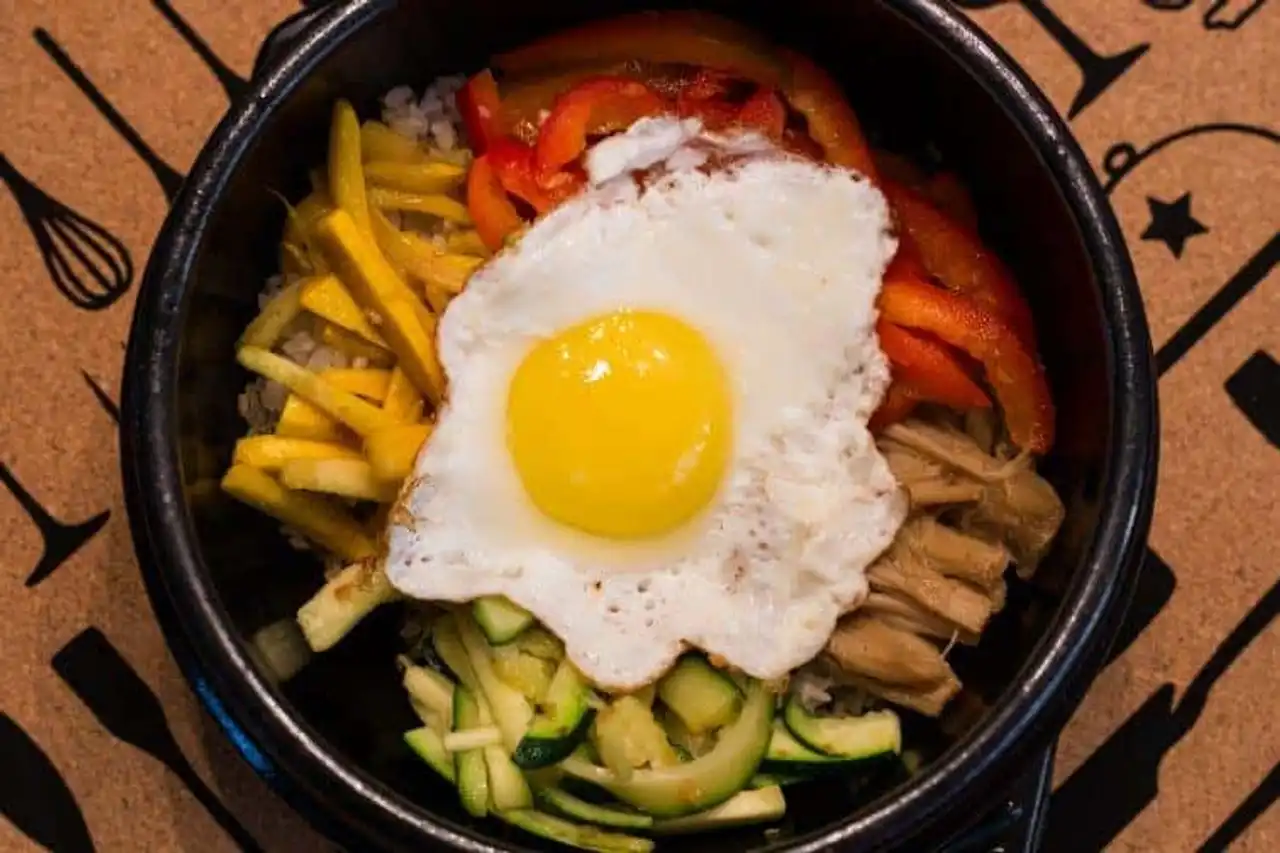
Photo credit: Flickr – Mack Male
Biibimbap is one of the most famous Korean specialties. This dish combines rice with populated vegetables and beef meat. In the middle, add an egg and kimchi. It's good to fill the panse. In France, this dish begins to be highlighted, especially thanks to the French chef of Korean origin Pierre Sang .
2. The Naengmyeon
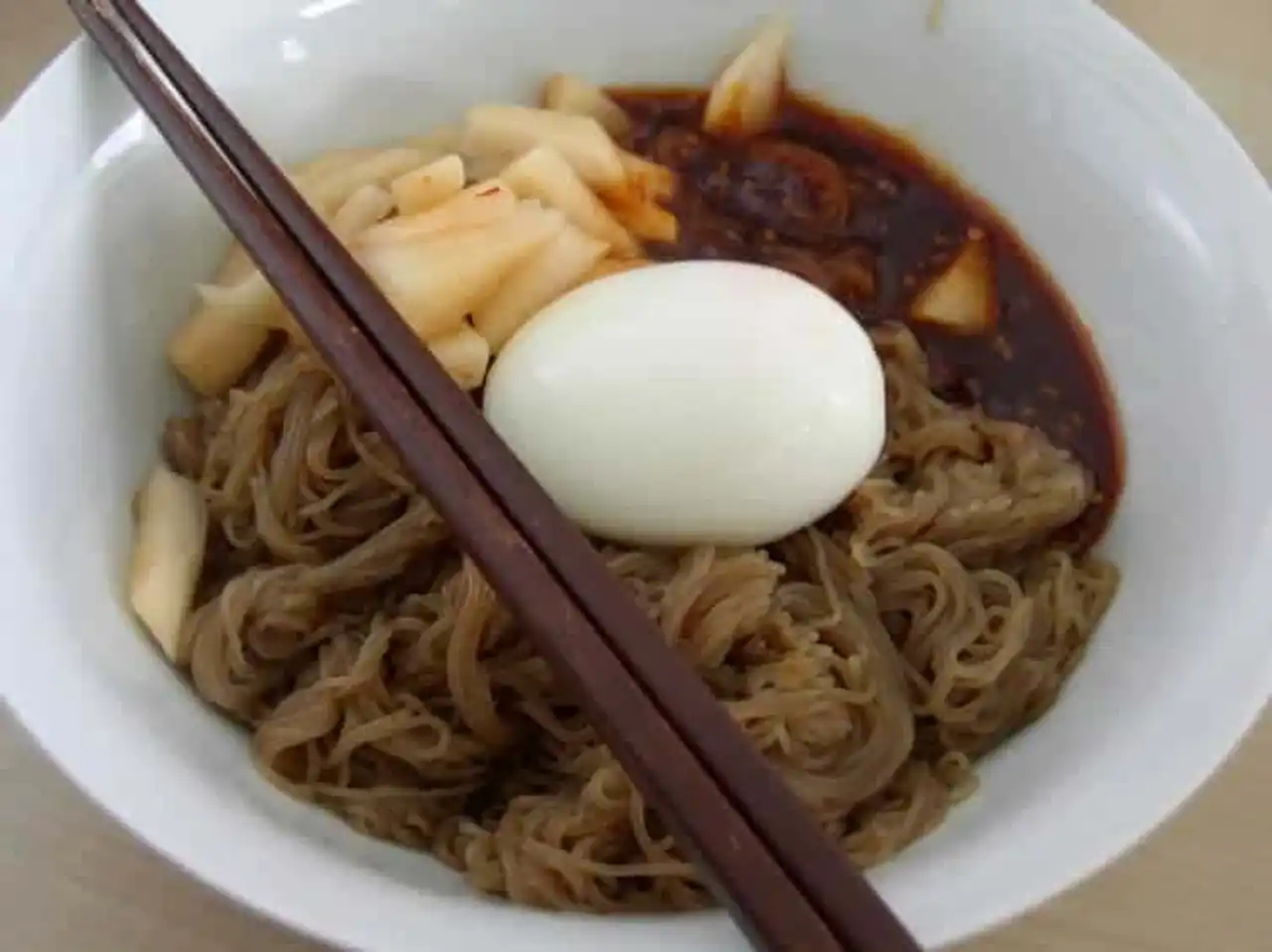
Photo credit: Flickr – Jens Ohlig
Less known than Bibimbap, the Naengmyeon may be the most surprising of Korean specialties. Moreover, this dish takes its origins to the north of the peninsula.
For its composition, it is a cold soup with noodles of buckwheat, potato and sweet potatoes. There, too, there's something to be shaved! Another version of this dish, called bibim naengmyeon, contains marinated and seasoned raw fish. As for noodles, they are made with soft potatoes.
3. Gimbap
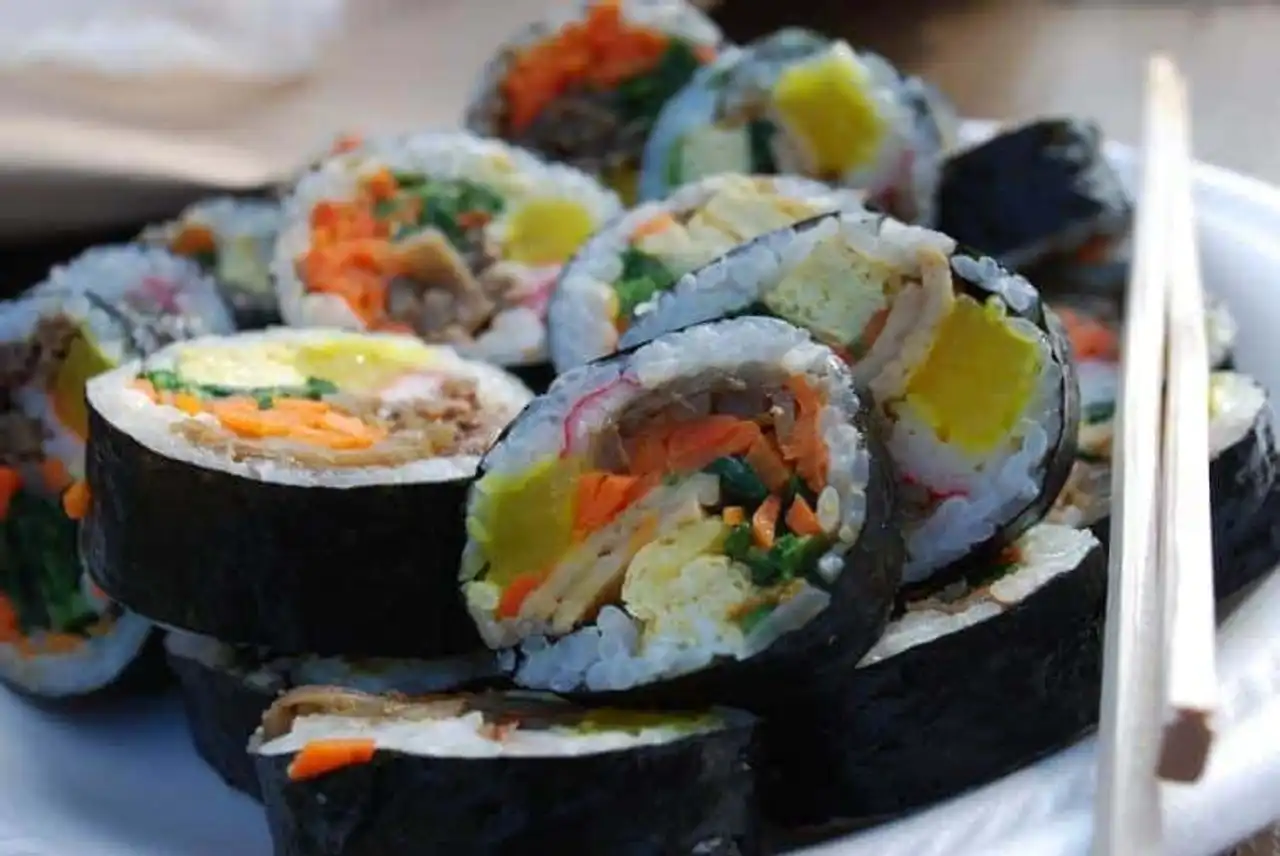
Photo credit: Flickr – manda_wong
Let's go a little with a small dish, ideal on the thumb. The gimbap is a dish that strongly reminds the Japanese makis. No wonder since the principle is quite similiare. It is known that white rice, oil and other ingredients are rolled out like vegetables in a dried algae.
4. The Modeumjeon
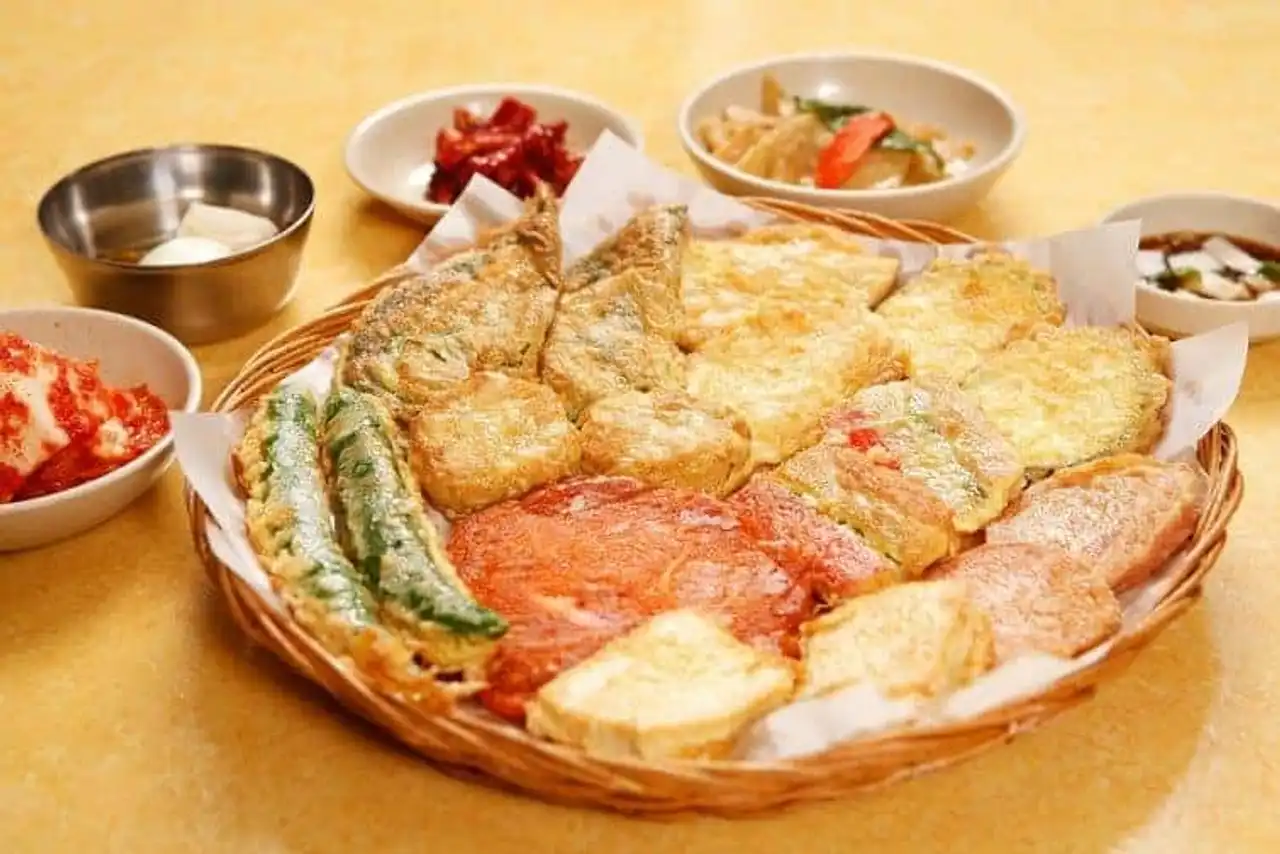
Photo credit: Shutterstock / TMON
Here is the most bretonne Korean specialties: the modeumjeon is a sort of salted pancake made from egg and flour. Note that in flour paste, Koreans systematically incorporate meat. Finally, the dish tastes seasoned with soy sauce.
5. The octopus
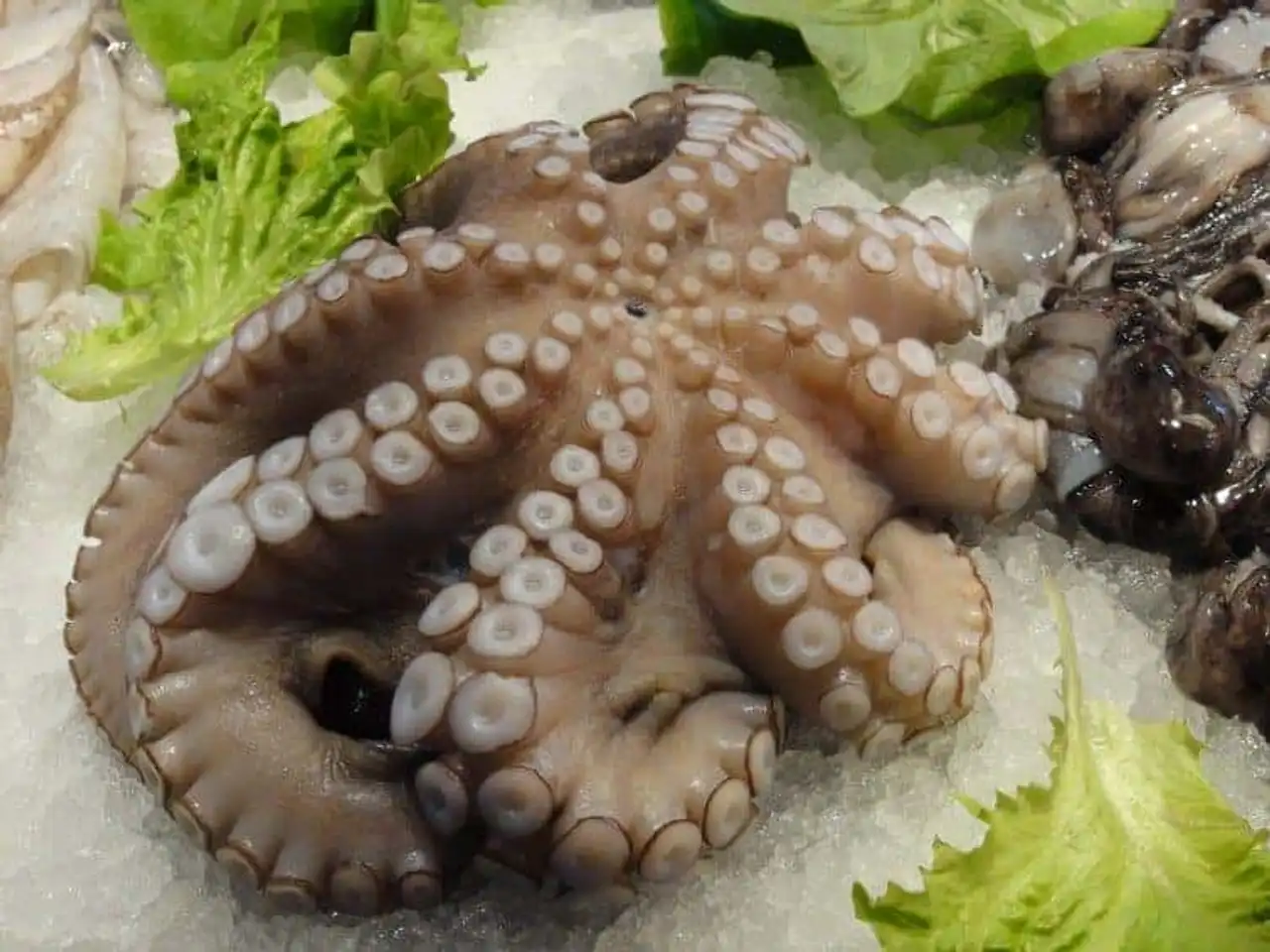
Photo credit: Flickr – marthelelièvre
It is not a matter of a recipe, but the octopus deserved attention. This ingredient is not foreign to us. Yet, its importance of Korean gastronomy is much more important. The proof is possible to buy his octopus at the market and then bring him back to a restaurant so that the chef can cook it to you.
In terms of dish, the octopus is found in a dish called the Sannakji. This dish consists of cutting, alive, the octopus into pieces and serving it immediately with some sesame oil.
6. The Japchae
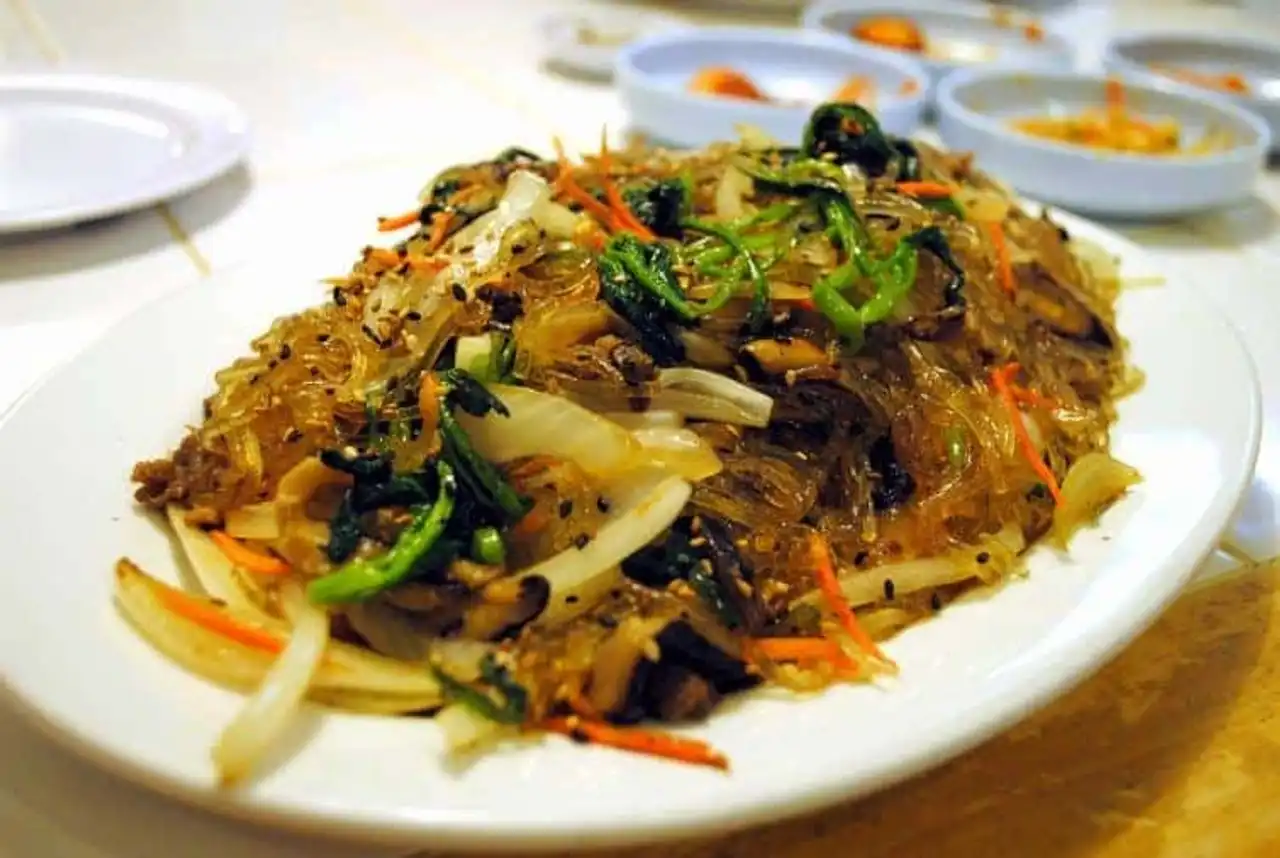
Photo credit: Flickr – Jocelyn & Cathy
The Japchae is a dish that leaves the imagination free. Indeed, the only rule is therefore its basis, made from dangmyeon (sweet of sweet potato starches). For the rest, you can combine it with the vegetables or meat of your choice. It is one of the most appreciated Korean specialties of Westerners.
7. Kimchi
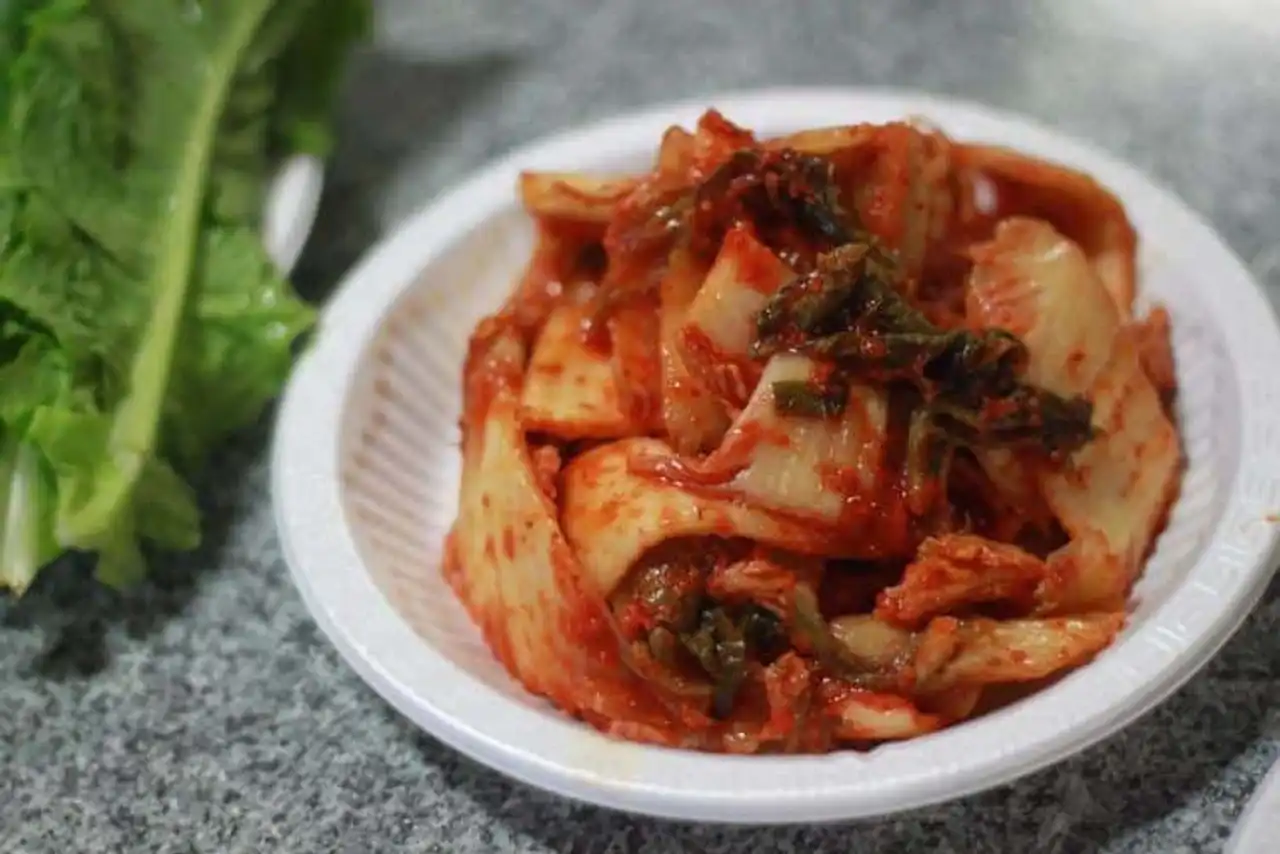
Photo credit: Flickr – Hyunwoo Sun
Kimchi is also one of the most popular Korean specialities. This traditional dish consists of chilled chili peppers and vegetables in the brine. Kimchi can be accompanied with different ingredients and thus adapt to the four seasons. However, the Kimchi version with cabbage remains the most popular, both in Korea and internationally.
8. The Mandu
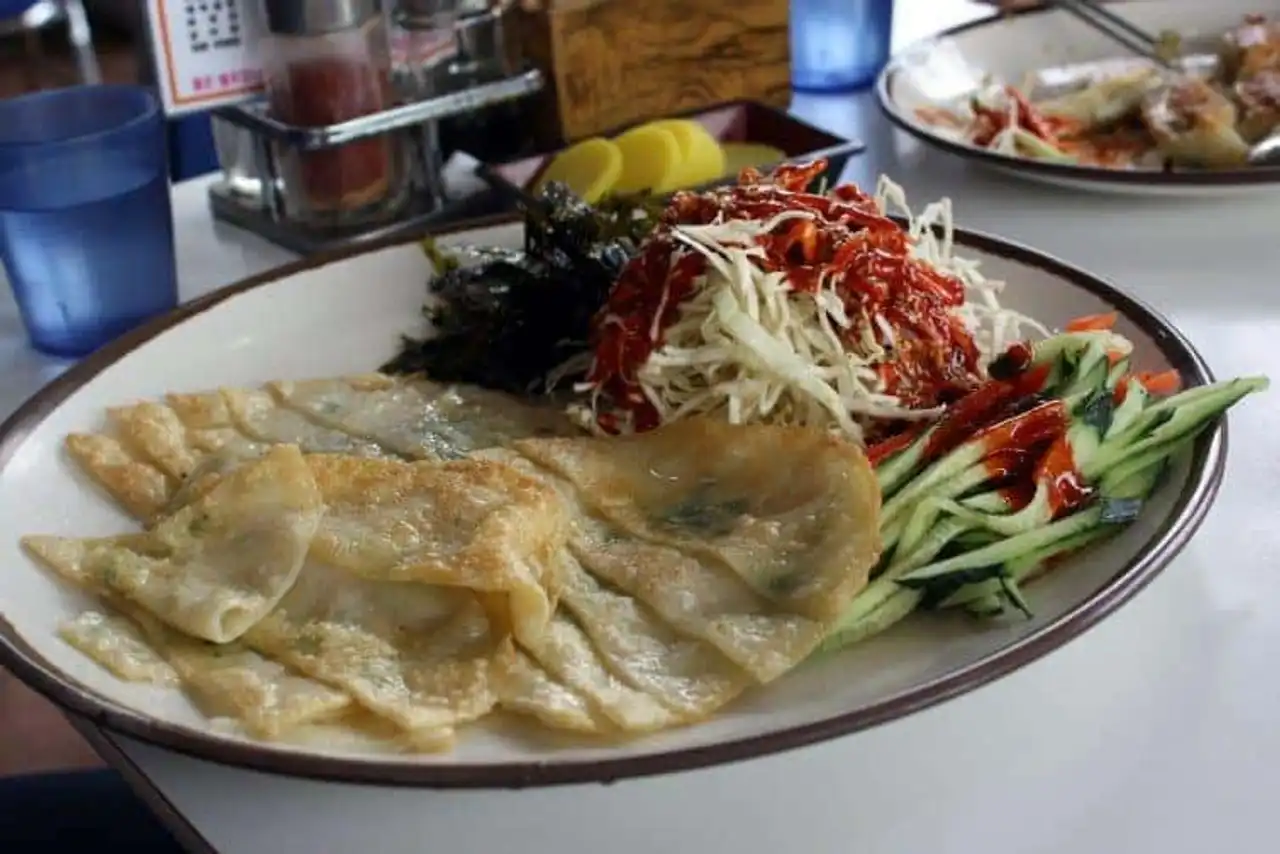
Photo credit: Flickr – Joamm Tall
The Mandu is the Korean version of the ravioli. This flour-based paste, buckwheat (or rice) and water contains a mixture of beef, vegetables, tofu, garlic, chicken, mushrooms and ginger. The Mandu can be cooked with steam, stove or fried.
9. The Jajangmyeon

Photo credit: Shutterstock / TMON
The Jajangmyeon is one of the most popular dishes in the area. These noodles served with meat, vegetables and soy sauce are eaten on great occasions such as graduations or during Black Day, a drift of the Saint-Valentin for singles.
10. The Bulgogi
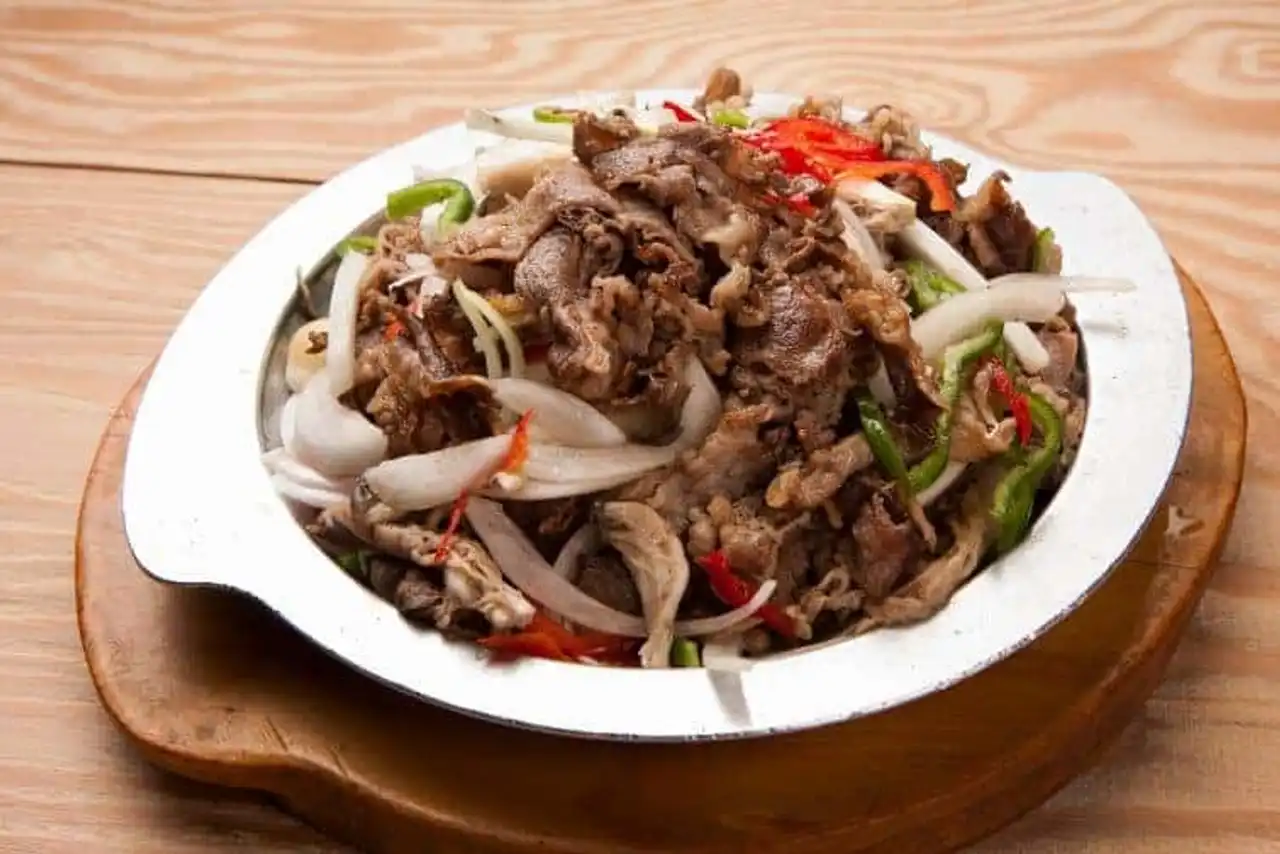
Photo credit: Shutterstock / TMON
He is also one of the popular Korean specialties in the world. This sweet-salted dish, also known as Korean barbecue, is to marinate a meat with soy sauce, sugar see sesame oil (or ginger for pork) and cooked according to preferences.
It is common to eat the bulgogi with kimchi or a salad leaf, a little as it is for the nems.
desserts
We hope you didn’t eat too much because it’s not over! Place aux desserts!
11. The Hotteok
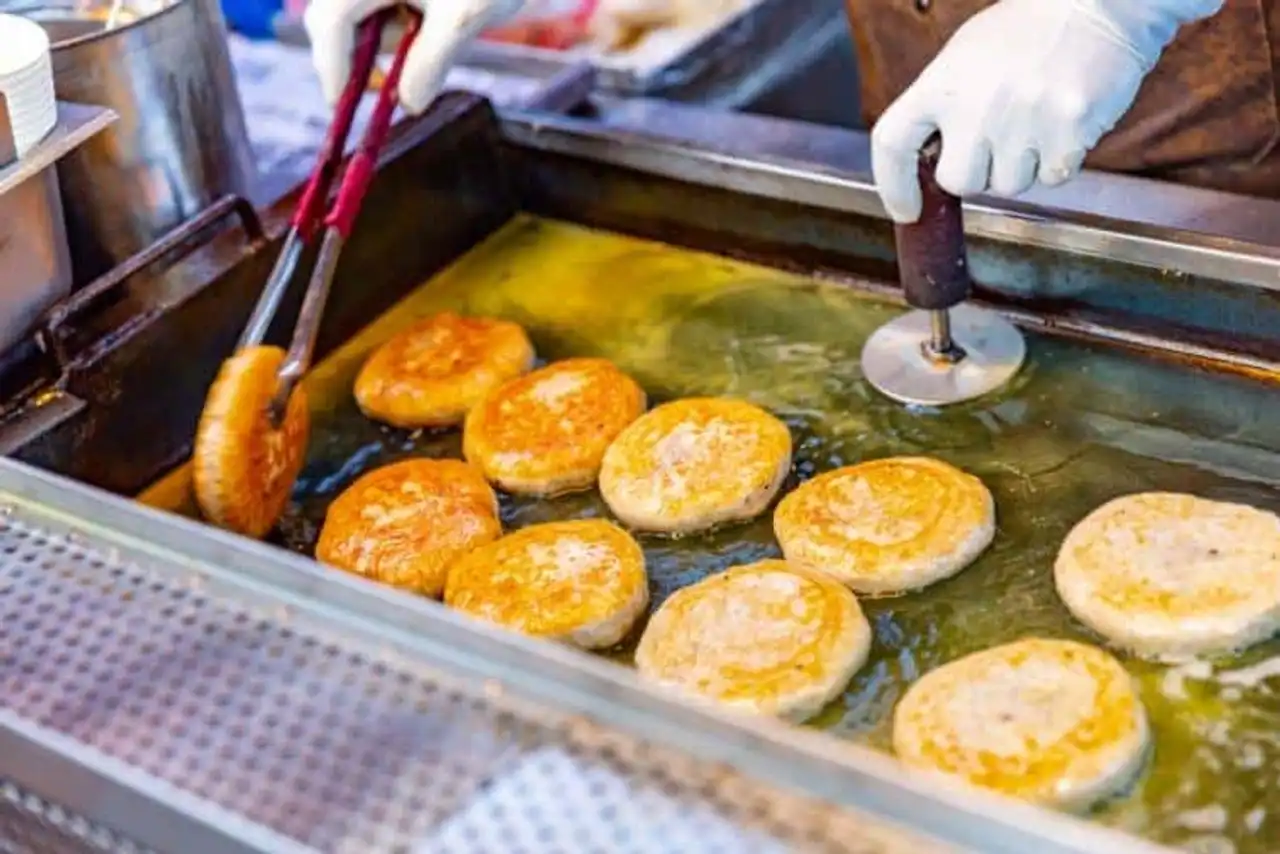
Photo credit: Shutterstock / Subodh Agnihotri
The Hotteok resemble stuffed Korean pancakes, prepared from wheat flour or rice. The aim is to wrap a mixture made of honey, peanuts and cinnamon, all sprinkled with brown sugar. It is an ideal dish to taste it and it is everywhere. It is also very easy to realize.
12. The Patbingsu
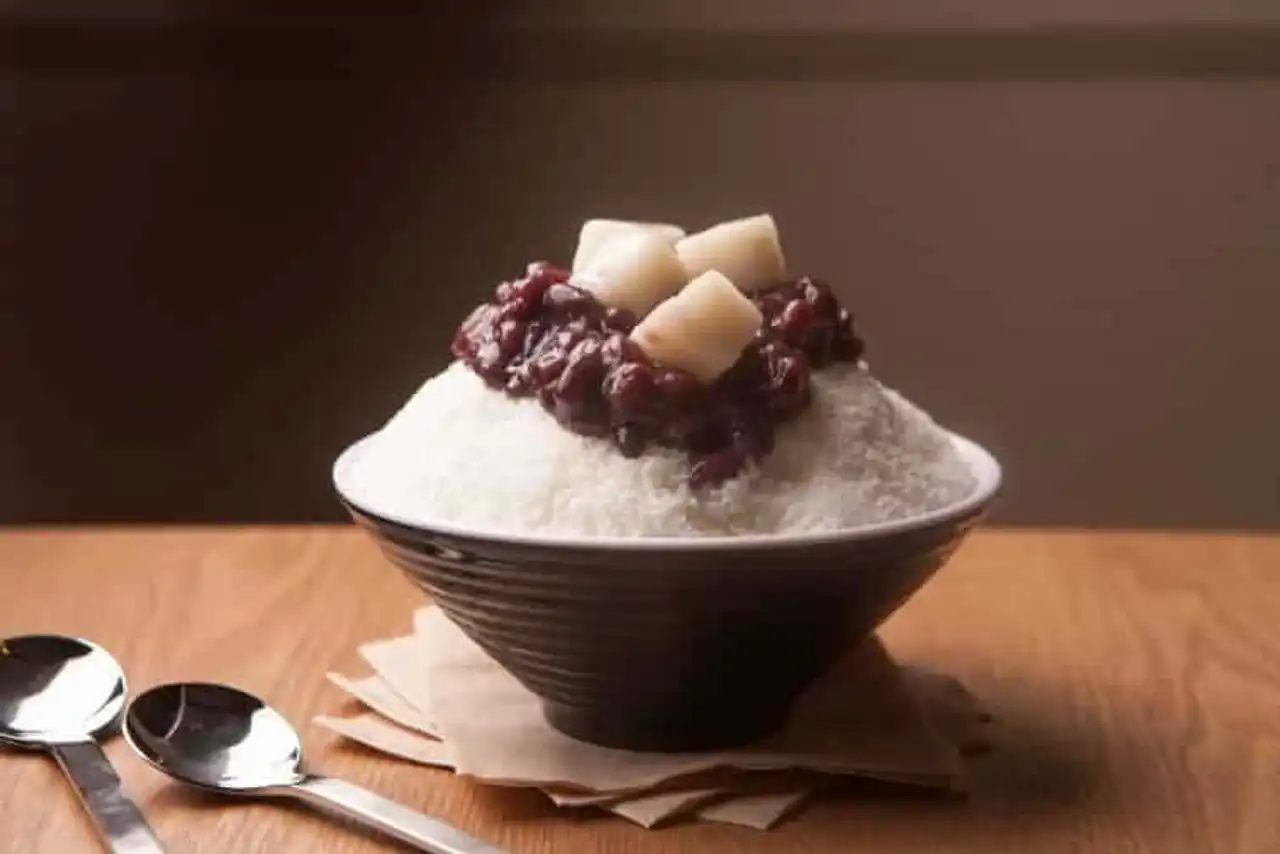
Photo credit: Shutterstock / TMON
Have you ever thought of mixing ice and beans? Well it’s done! This dessert is an association of peated ice covered on top by red beans boiled upstream. It is one of the most consumed desserts of Koreans. In the past, the Patbingsu was reserved for the elite.
13. The bread of Gyeongju

Photo credit: Flickr – Pachinee Buathong
Speaking of red beans, we continue our momentum with Gyeongju's bread. Here you will find the red beans in the paste form contained in a bread dough made from flour and egg. His name comes from the fact that the city of Gyeongju specializes in this dessert.
Drinks
Eating is good. But you have to drink something to get it through!
14. The Dongdongju
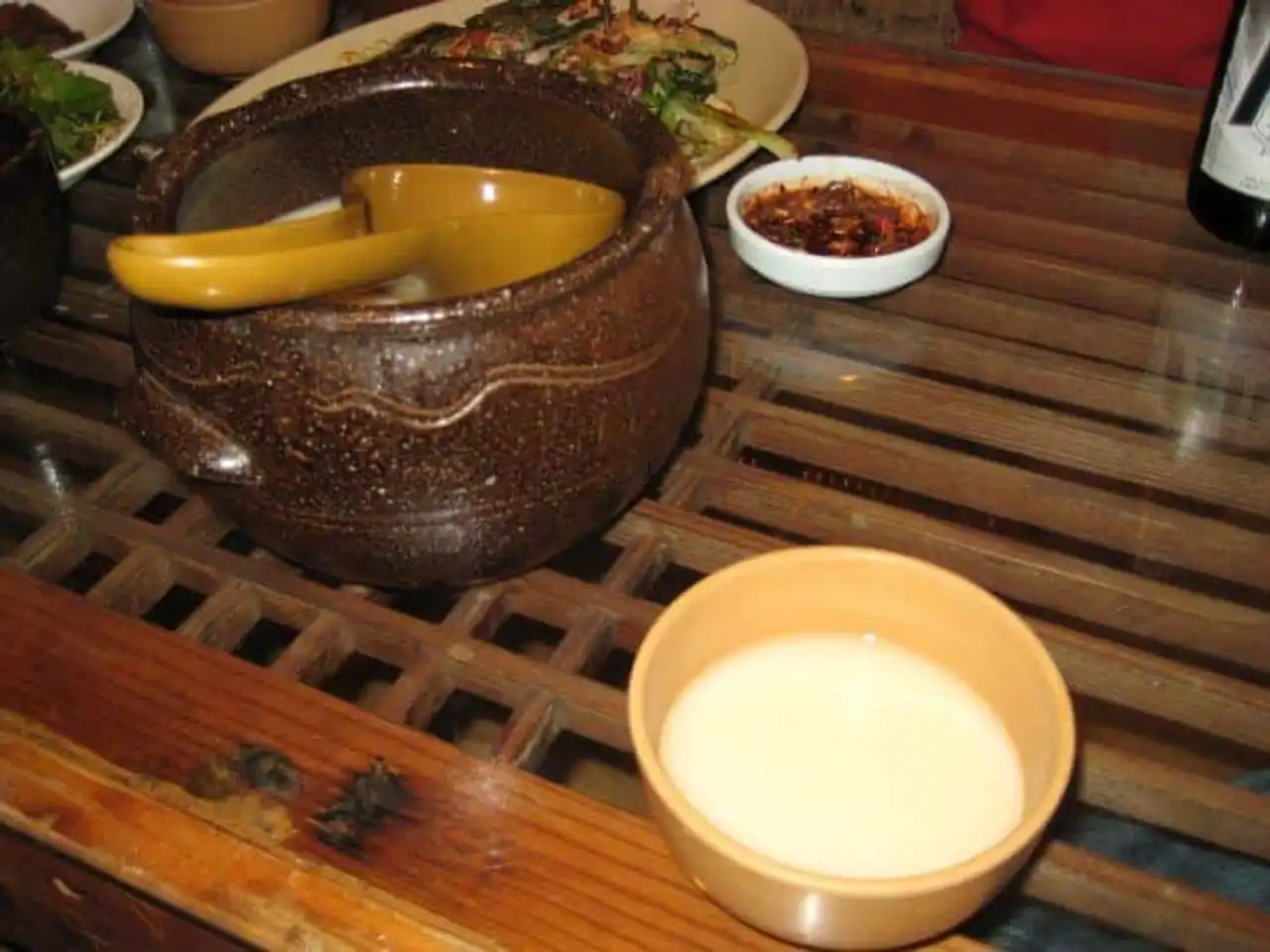
Photo credit: Flickr – ~Mers
The Dongdongju is a kind of local beer, made from a fermented cooked rice alcohol. Then we add malt and wheat.
This alcohol is called dongdongju because it is the noise that the few remaining solid rice grains would make.
15. The Soju
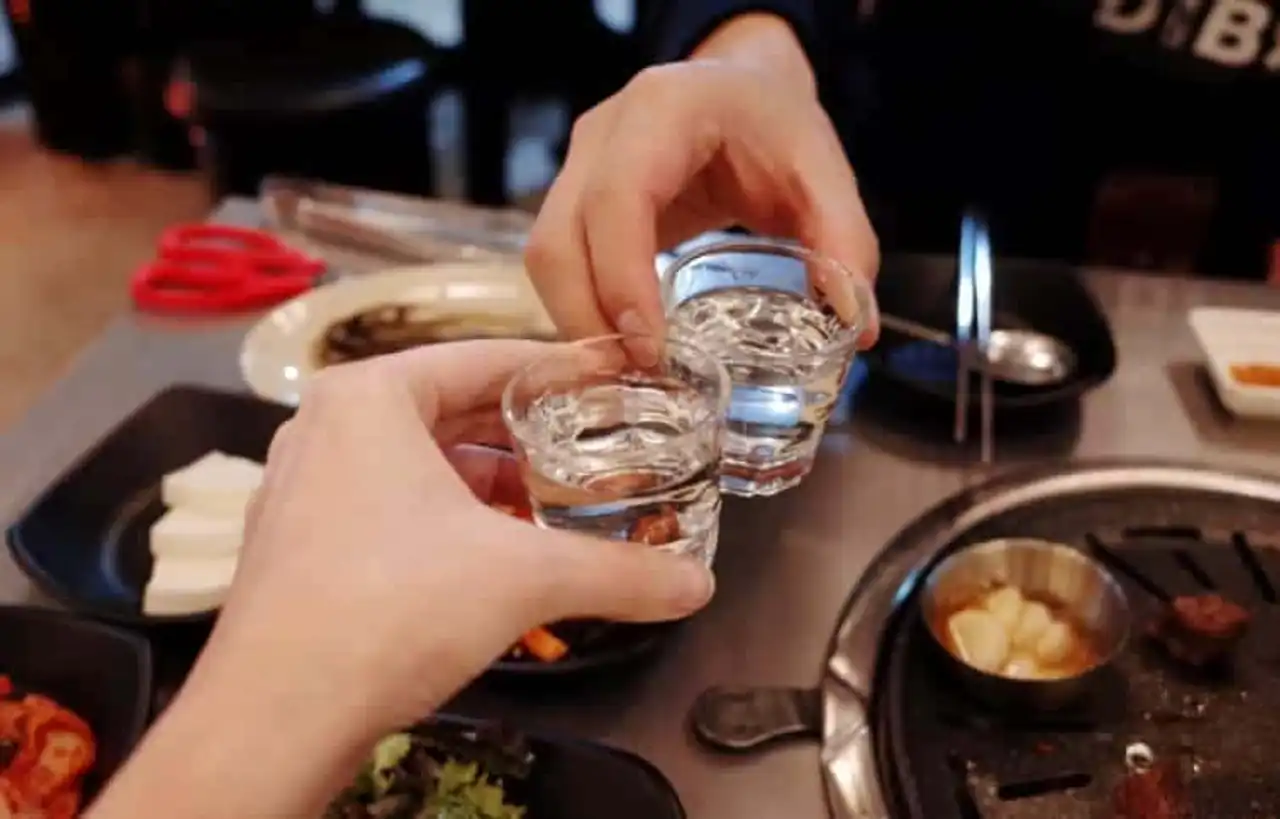
Photo credit: Shutterstock / gamelgi
Last of the Korean specialties presented, the Soju is not the least popular! Soju is a spritious made originally from rice. Today it is as common as rice is associated or even replaced by other sources of starches such as potato. The degree of alcohol may vary. It is between 20% and 40%. However, traditional versions tend to remain soft.
You now know more about Korean specialties! Maybe you even decided to leave! In this case, good travel and good appetite!
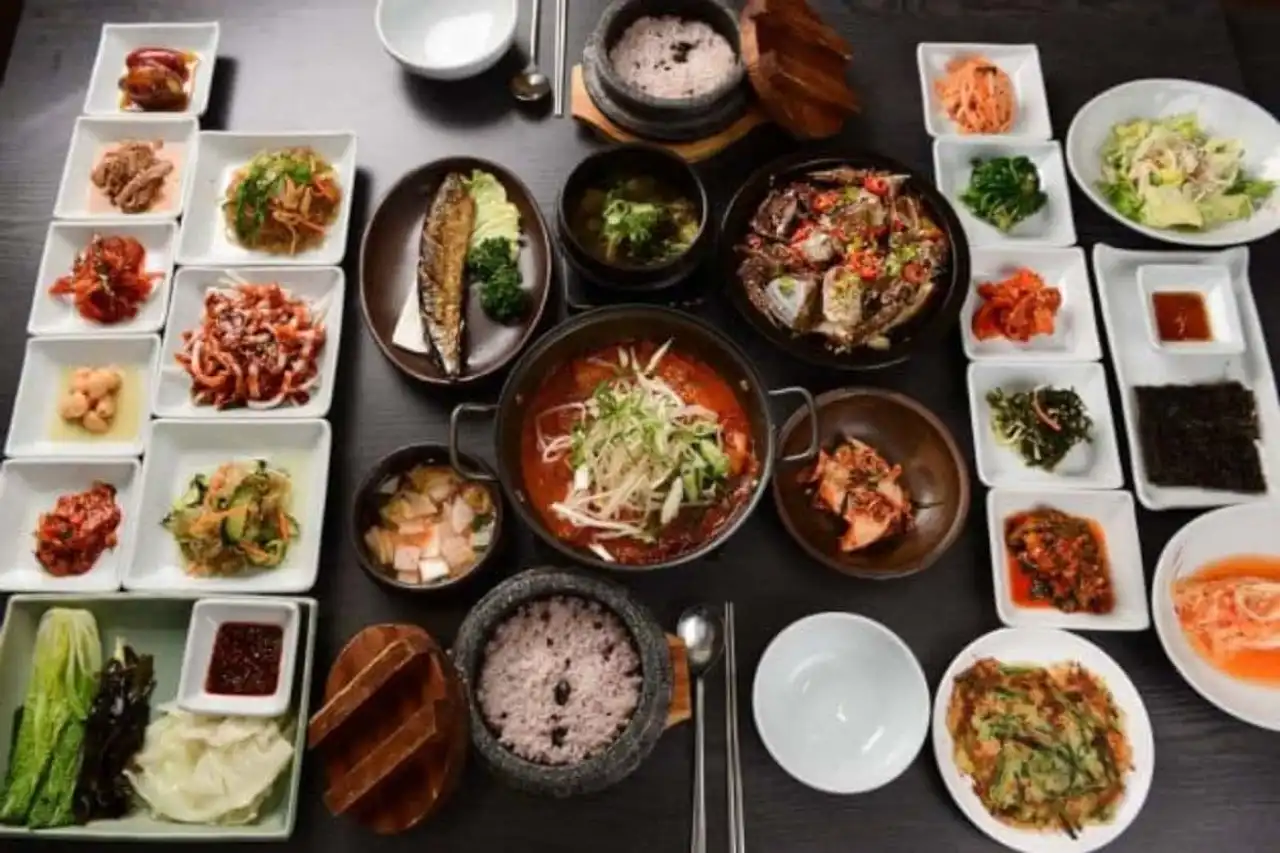







Loading comments ...